
Tundra Swans
Walt Childs and I had been planning a trip for this week to Mathews Loop on the Virginia Birding and Wildlife Trail. This loop has nine birding sites located on the coastline of the Chesapeake Bay near Mathews, Virginia, and all of the sites are only a short distance apart. The only question was which day to go, as the weather during the last week of February was highly variable. Mathews Loop is a three hour drive from our homes in Nelson County, and we wanted good weather for the trip.
The National Weather Service had forecasted partly cloudy skies, temperatures up to the mid-40s, northwest winds of 8 to 10 mph, and only a 10 percent chance of rain. Weather.com forecasted the same numbers, but mostly sunny skies. Both were wrong! The entire day was heavily overcast, and although the temperature did reach the mid-40s by the afternoon, the wind chill along the coast was so cold that I was wearing five layers to keep warm - T-shirt, long sleeved shirt, hooded sweatshirt, lightweight jacket, and my back-up winter coat that I was very happy to have thrown in my car just in case.
We left my house at 7:45 a.m. and arrived at the first stop, Piankatank River Landing, a little before 11:00. Be advised that the map in the VB&WT guide and their downloadable Google Earth coordinate file shows this stop at one small boat launch site, but the guide's text directions takes you to a different but nearby boat launch site. I had figured this out before we left on the trip, so we decided to stop at both places. At the first (map) location, we saw a few birds in the coastal vegetation, some gulls, and a large flock of Tundra Swans about 100 yards away. But the public boat launch area was so small that we couldn't walk in either direction without going onto private property, so we assumed that the text directions to a larger boat launch area was the correct spot. However, we didn't see much there either, and left for our next stop on the loop.

Tundra Swans

Bonaparte's Gull
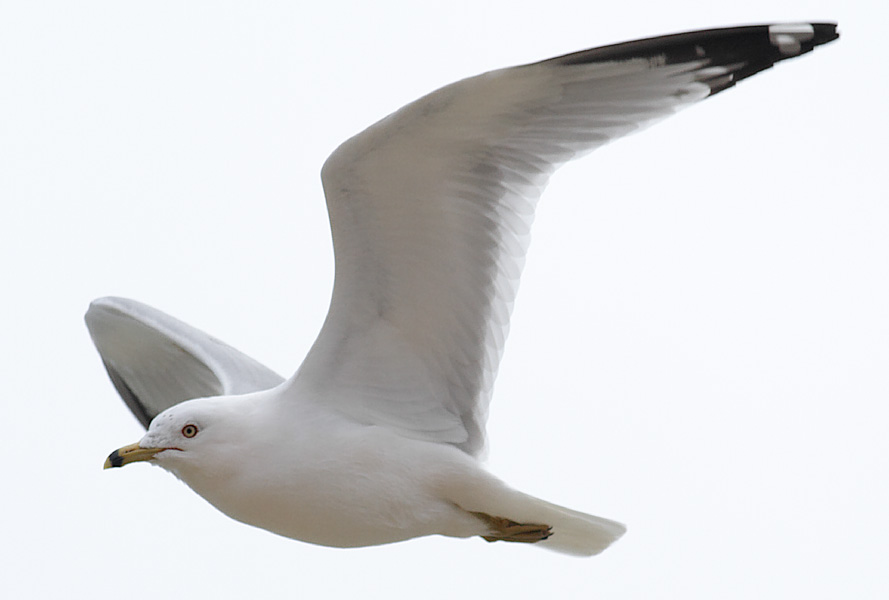
Ring-billed Gull
The VB&WT guide shows South Haven Beach as the second stop and North Haven Beach as the third stop, but driving the loop from the north end (Piankatank River Landing) to the south end of the loop meant back-tracking, so we went to North Haven Beach as our second stop. We did see some good birds there including Horned Grebes, Red-throated Loons, a flock of flying Tundra Swans, a large (30 to 50) flock of Buffleheads, and a Juvenile Bald Eagle. We also heard, but could not locate in the dense marsh, what was almost certainly a Least Bittern. That would have been a new life bird for me, had we seen it to confirm the call. Far out in the bay, we saw a flock of Scoters, but even using Walt's spotting scope, we could not determine what kind of Scoters they were. After processing my photos, I could discern a large white spot on a few of the birds, making them all Surf Scoters, unless it was a mixed flock.

Tundra Swans
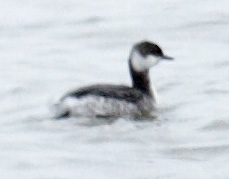
Horned Grebe
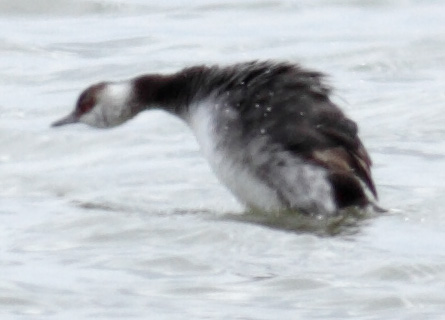
Horned Grebe
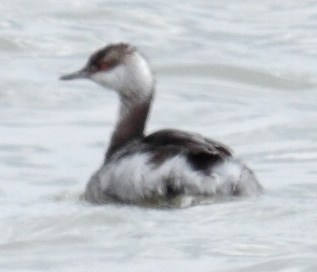
Horned Grebe
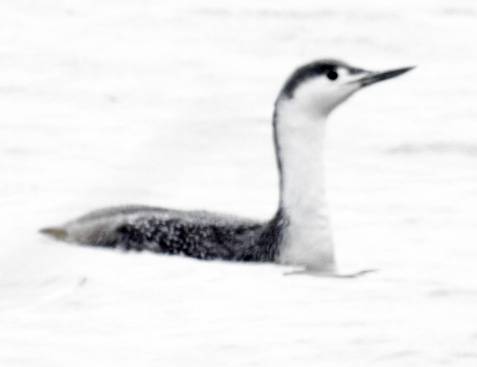
Red-throated Loon

Juvenile Bald Eagle
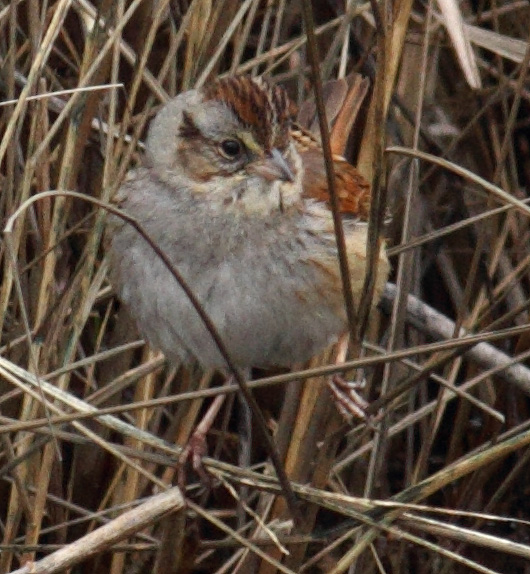
Swamp Sparrow
We saw some of the same birds and some others at South Haven Beach, so we didn't stay there very long, and headed over to our next stop, Bethel Beach Natural Area Preserve. The site description in the VB&WT guide made this site read as the best stop on the Mathews Loop, and we were not disappointed. As soon as we parked the car, a flock of about 15 Greater Yellowlegs flew in and landed in the marshy area.
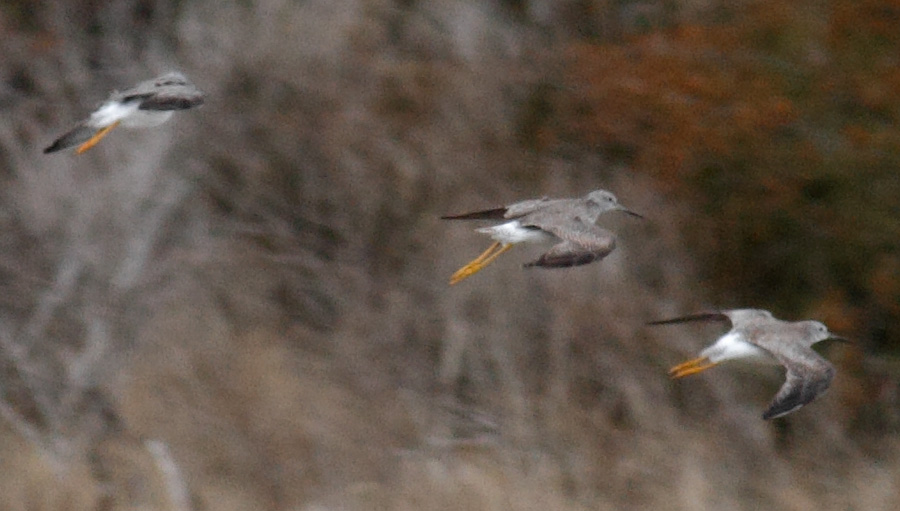
Greater Yellowlegs

Greater Yellowlegs

Greater Yellowlegs

Greater Yellowlegs
We spent a lot of time watching birds in the marshy area, and then realized that we hadn't yet climbed over the sand berm to see what was on the beach or in the water. And then the fun really began. A good sized, mixed flock of sandpipers landed a few feet from where I was standing. The flock consisted of Ruddy Turnstones, Sanderlings, and Dunlins. Some of the sandpipers were starting to get their breeding plumage.
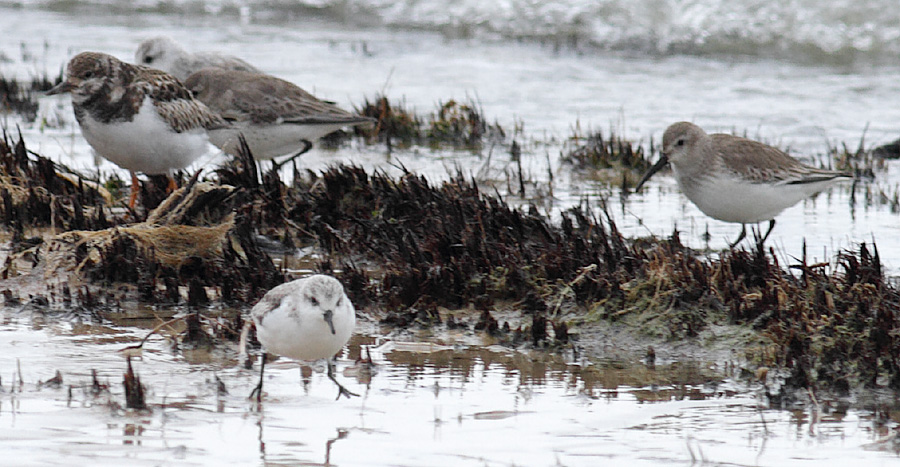
Ruddy Turnstone, Sanderlings, and Dunlins

Ruddy Turnstone
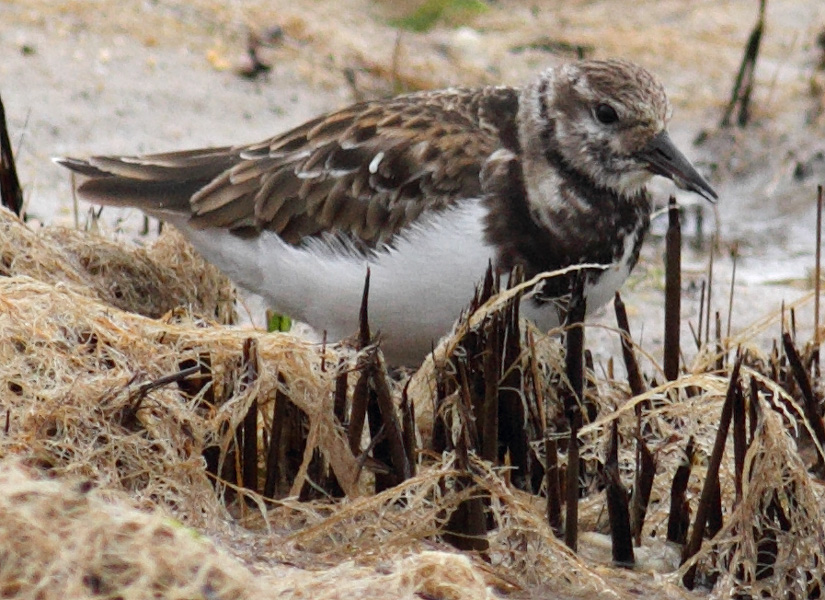
Ruddy Turnstone
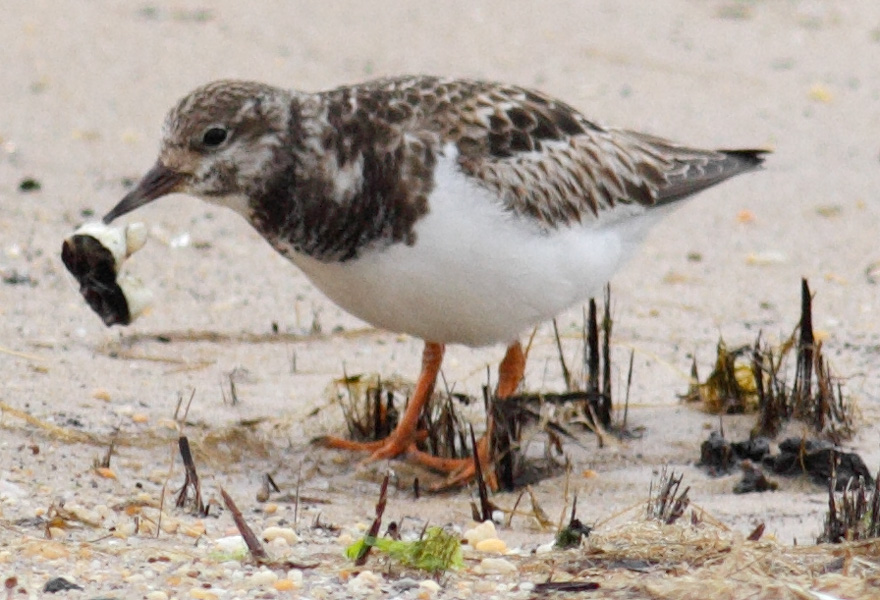
Ruddy Turnstone
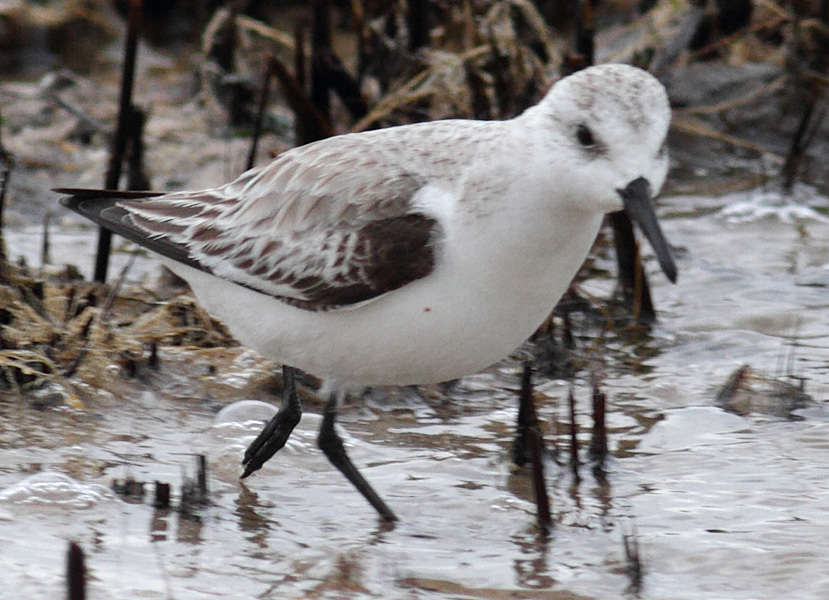
Sanderling
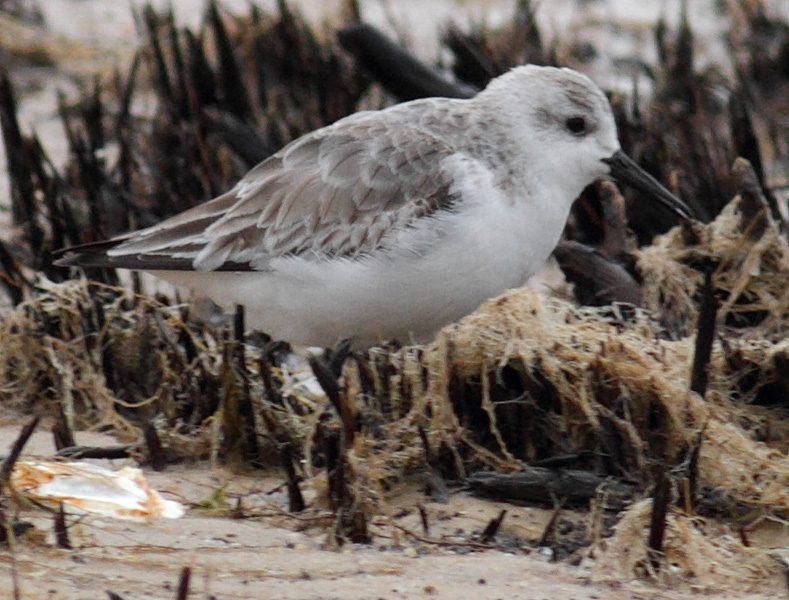
Sanderling
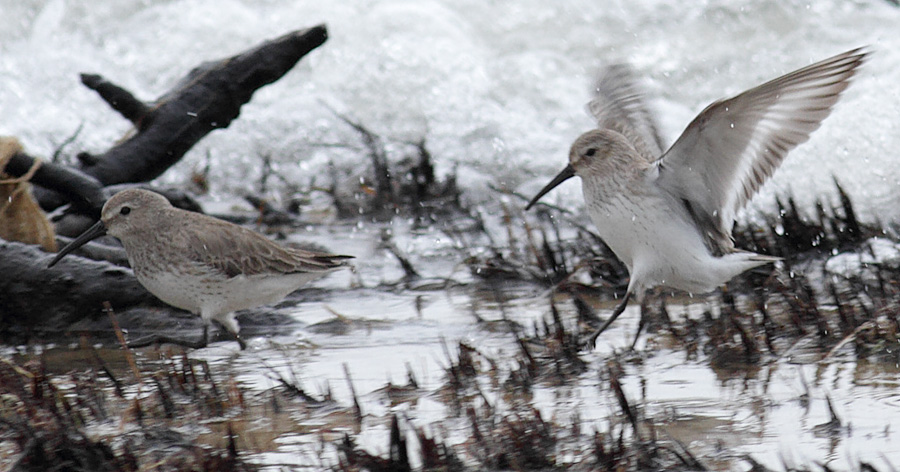
Dunlins
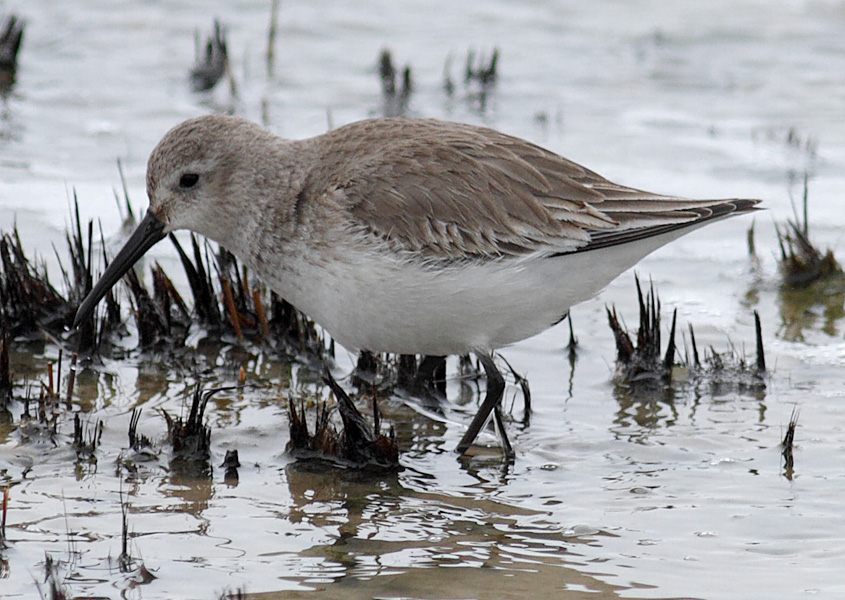
Dunlin
In the water we saw another or possibly the same, large flock of Buffleheads, at least 14 Surf Scoters (a new life bird for me), more Red-throated Loons, Horned Grebes, a Northern Gannet, a Red-breasted Merganser, and a very large flock of Tundra Swans was resting on a nearby sand bar. A Forster's Tern Flew over the swans.

Buffleheads
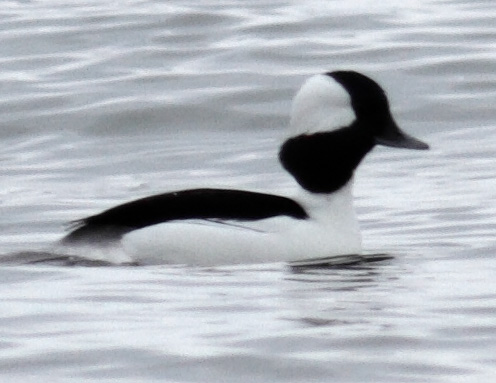
Bufflehead

Red-throated Loon
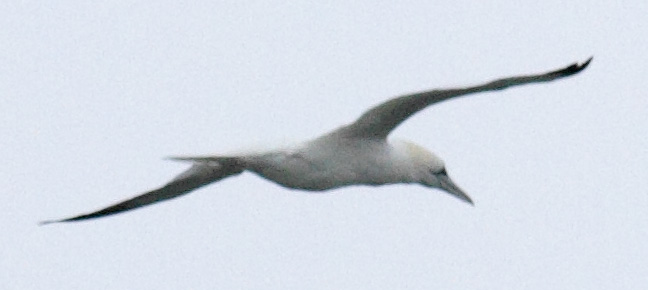
Northern Gannet

Tundra Swans

Forster's Tern
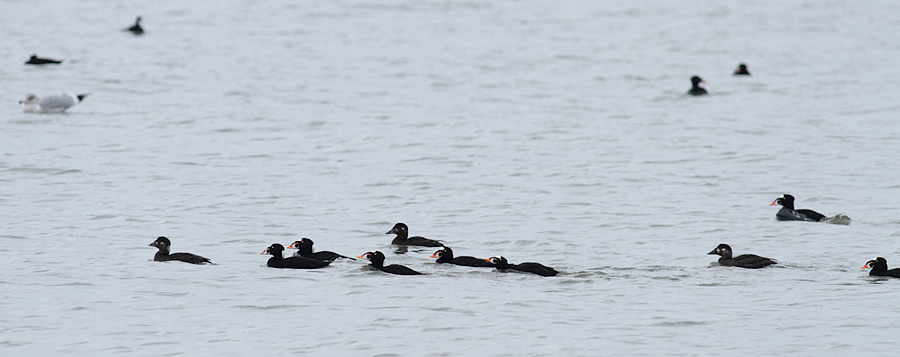
Surf Scoters
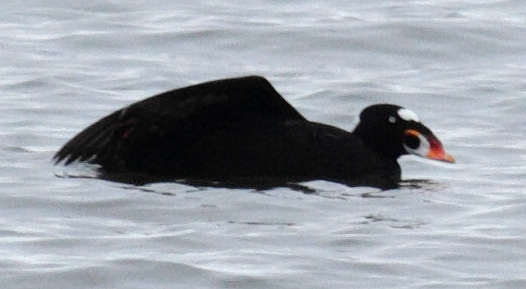
Male Surf Scoter
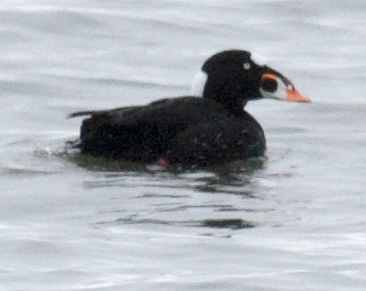
Male Surf Scoter

Male Surf Scoter
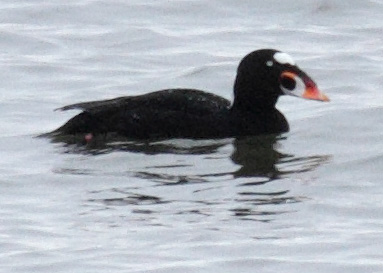
Male Surf Scoter
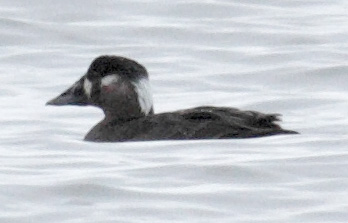
Female Surf Scoter
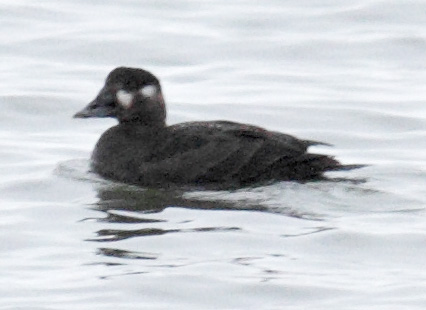
Female Surf Scoter
Next stop was Winter Harbor Landing. Not much there, but we did see a Bald Eagle across the harbor, and there were a pair of Red-breasted Mergansers and a Lesser Scaup in the harbor.

Red-breasted Mergansers
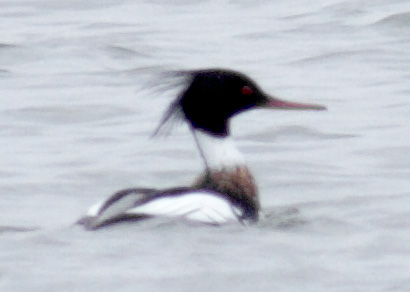
Adult male Red-breasted Merganser
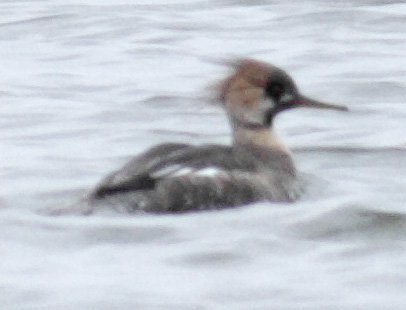
Immature male Red-breasted Merganser
From there we went to the New Point Wharf, but didn't see much other than another juvenile Bald Eagle.

Juvenile Bald Eagle
Next stop was the New Point Comfort Nature Preserve. On our drive in, we spotted a lone Tundra Swan standing in the marshy area. We parked and walked up the boardwalk, and saw a small flock of Tundra Swans in the water. It was really cold and windy there, it was getting to be late in the afternoon and rather dark, so we decided to skip the last stop, Mobjack Bay, that was just across from where we were standing. We had a great trip, and plan to go back to at least part of this loop again. On the way back to the car, I saw a large shell-shaped object in the marsh grass. I am not sure what it is - perhaps junk, or perhaps a sea turtle?? [update: Walt Childs just read this posting and identified this as a Horseshoe Crab shell]
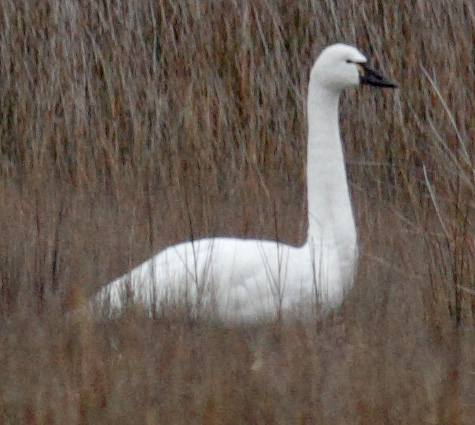
Tundra Swan

Tundra Swans
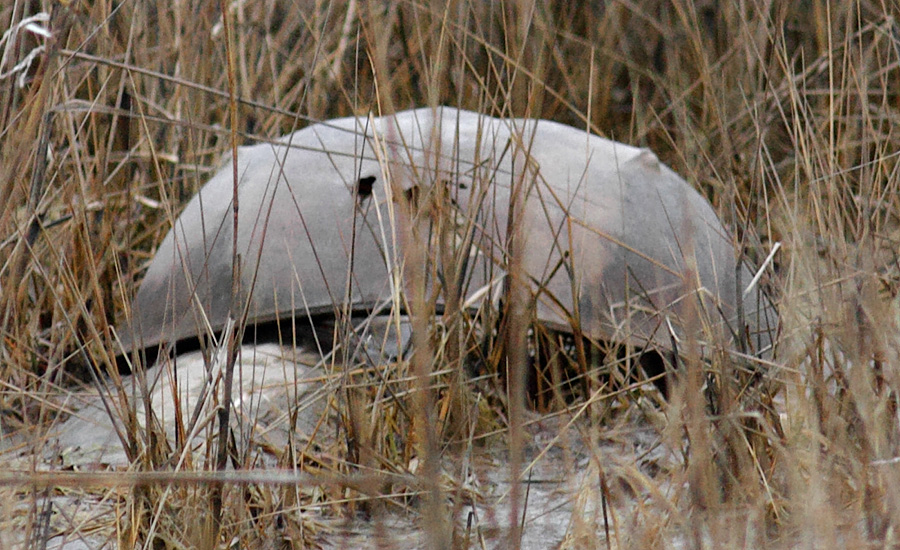
turtle? [Horseshoe Crab shell]